Greenhouse Gas Emission Reduction

Vermont Program Encourages Walking for Grocery Trips
A Burlington program is using grocery trolleys to remind residents that, for many of them, a grocery store is less than a mile away.
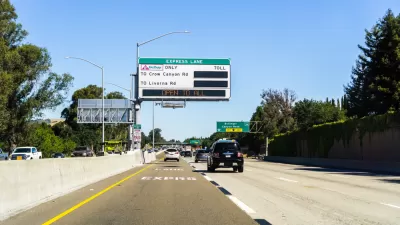
Tolling All Freeway Lanes in the Bay Area?
What's more surprising is seeing who is making the proposal and why. The first step would be to have the concept included in Plan Bay Area 2050.

Washington State to Transition to Battery Electric Ferries
Washington's largest diesel emissions polluter will transition its fleet to diesel-hybrids and then to battery-electric propulsion to comply with Gov. Inslee's emissions-reduction executive order which will also please the orcas in Puget Sound.
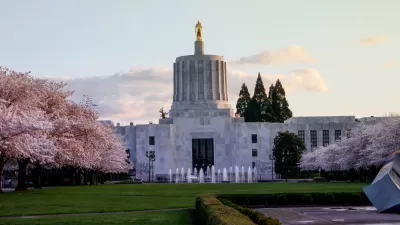
Oregon Democrats Unveil Cap-and-Trade Bill
A new bill in the Oregon Legislature, technically called a "legislative concept," would set up a California-style cap-and-trade program, calling for steep greenhouse gas emission reductions by 2035 and 2050.
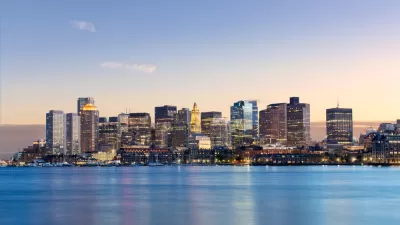
Massachusetts Tops California in Emission Reductions
California and Massachusetts use the same name for climate change legislation, Global Warming Solutions Act, and set the same target date for reductions, 2020. Both achieved their targets 2016, but the Bay State had a tougher goal to meet.
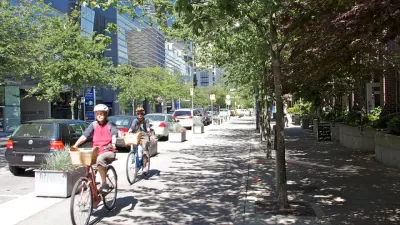
British Columbia's Climate Plan Bans Sales of Gas and Diesel Passenger Vehicles by 2040
Ten years ago, British Columbia launched North America's first carbon tax. This month, Premier John Horgan unveiled the long awaited climate plan, CleanBC, that aims to reduce greenhouse gas emissions 40 percent below 2007 levels by 2030.

Gas Stations, Other Car-Centric Uses Banned From Transit-Oriented Areas in Sacramento
The city of Sacramento has implemented one of the most aggressively transit-oriented land use regulation schemes in the country.

State Gubernatorial Elections Have Environmental Consequences
The environment and climate change may not be top issues in the nation's hotly contested gubernatorial contests next Tuesday, but their outcomes can cause policy changes. Take North Carolina and the election of Roy Cooper, a Democrat, two years ago.
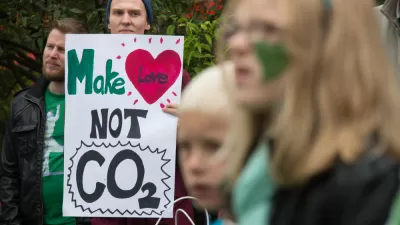
Bloomberg Launches Accelerator for Local Climate Action
The American Cities Climate Challenge seeks to green the carbon-heavy transportation and building sectors.
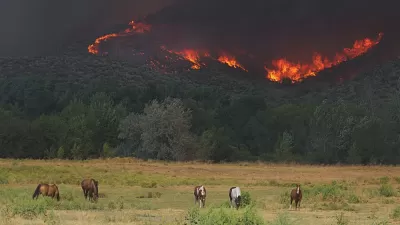
Wildfires Prompt Forestry Debate on Climate Change
While forests sequester atmospheric carbon dioxide, wildfires release enormous amounts of greenhouse gases as they increase in frequency and intensity from climate change.
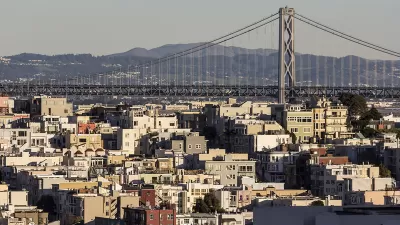
Plan Bay Area 2040 Sets Ambitious Housing and Transportation Agenda
The last time the San Francisco Bay Area got together to set a regional agenda on housing and transportation, the Sierra Club and the Tea Party teamed up to oppose the Plan Bay Area. A draft of the new Plan Bay Area 2040 hopes to avoid the drama.
Car-Free Movement Gaining Steam in Europe and Elsewhere
Athlyn Cathcart-Keays of The Guardian-Cities chronicles the advancement of the international urban car-free movement as well as auto regulations that focus on air pollution. The most recent city to join the growing list is Oslo, Norway
New Study Underway: Do Ride-Hailing Services Reduce Car Ownership?
The University of California, Berkeley and NRDC will team-up to verify whether Uber and Lyft reduce car ownership and are thus good for the environment. Such data already exists for a sister form of shared mobility: car-share.
California Cap-And-Trade Surprise: Cash Flows Out-of-State to Reduce Emissions
California industries are buying offsets in lieu of purchasing carbon allowances or reducing carbon emissions, and most of the offsets are spent out-of-state, assisting the recipients economically as well as reducing greenhouse gas emissions.
Environmental Criticism for the Seattle 2035 Comprehensive Plan
The Seattle 2035 will manage growth for one of the fastest growing cities in the country. But shouldn't it also mitigate the greenhouse gas emissions of this famously eco-conscious city?
The Huge Potential for Passive Buildings in the Big Apple
In NYC, unlike most areas in the United States, buildings, rather than transportation, are the major source of carbon emissions. Passive buildings, with their negligible heating and cooling costs, could help meet carbon reduction goals.
San Francisco Outpaces its Greenhouse Gas Emissions Goals
Calling the news proof that "fighting climate change and growing a thriving economy can go hand-in-hand," San Francisco Mayor Ed Lee announced some substantial progress in greenhouse gas emissions reductions.
Significant Jump in California Driving
Mirroring a previously reported increase in gasoline consumption in California, the vehicle miles traveled increase over last year is the largest in a decade. The reasons are the same: cheaper gas and an improved economy with more people working.
San Francisco Workers: Got Commuter Benefits?
San Francisco's Department of Environment will soon begin enforcing the city's mandatory commuter benefits program for the first time since the law's inception in 2009. Fines up to $500 may be levied for noncompliance after warning notices are sent.
Monumental Regional Plan for Southern California Gets Final Approval
As the largest council of governments in the country adopts a $525 billion transportation and land use plan for the next two decades, Josh Stephens marks the beginning of Southern California's age of climate-friendly, smart-growth regionalism.
Pagination
Urban Design for Planners 1: Software Tools
This six-course series explores essential urban design concepts using open source software and equips planners with the tools they need to participate fully in the urban design process.
Planning for Universal Design
Learn the tools for implementing Universal Design in planning regulations.
Heyer Gruel & Associates PA
JM Goldson LLC
Custer County Colorado
City of Camden Redevelopment Agency
City of Astoria
Transportation Research & Education Center (TREC) at Portland State University
Jefferson Parish Government
Camden Redevelopment Agency
City of Claremont


































